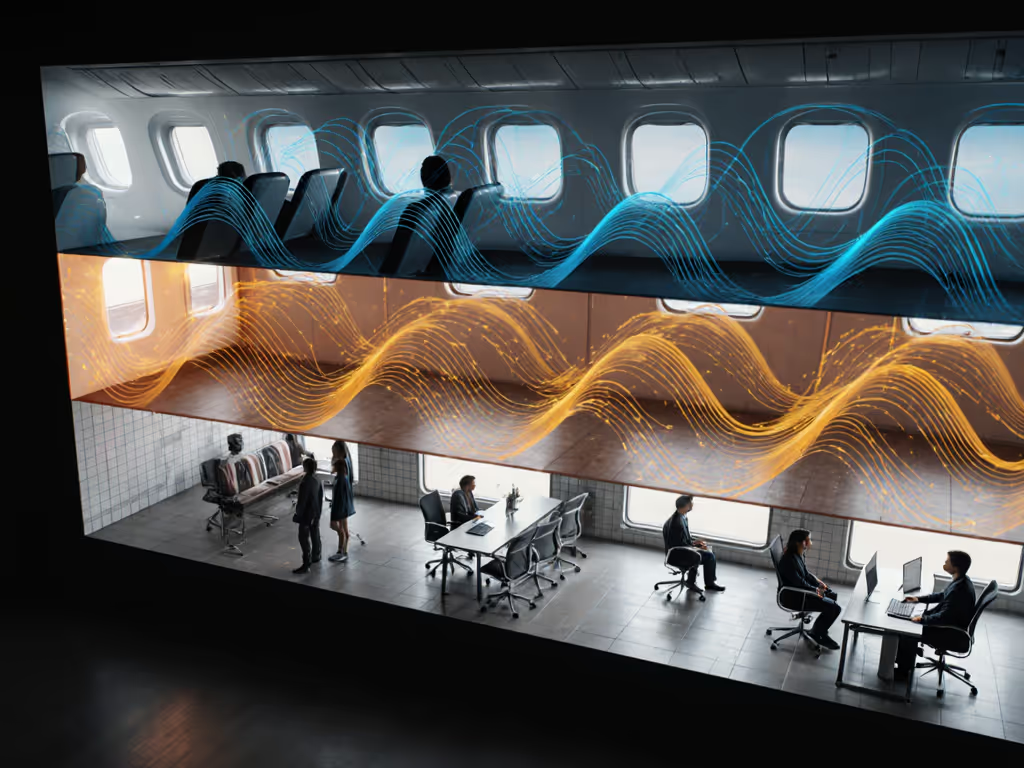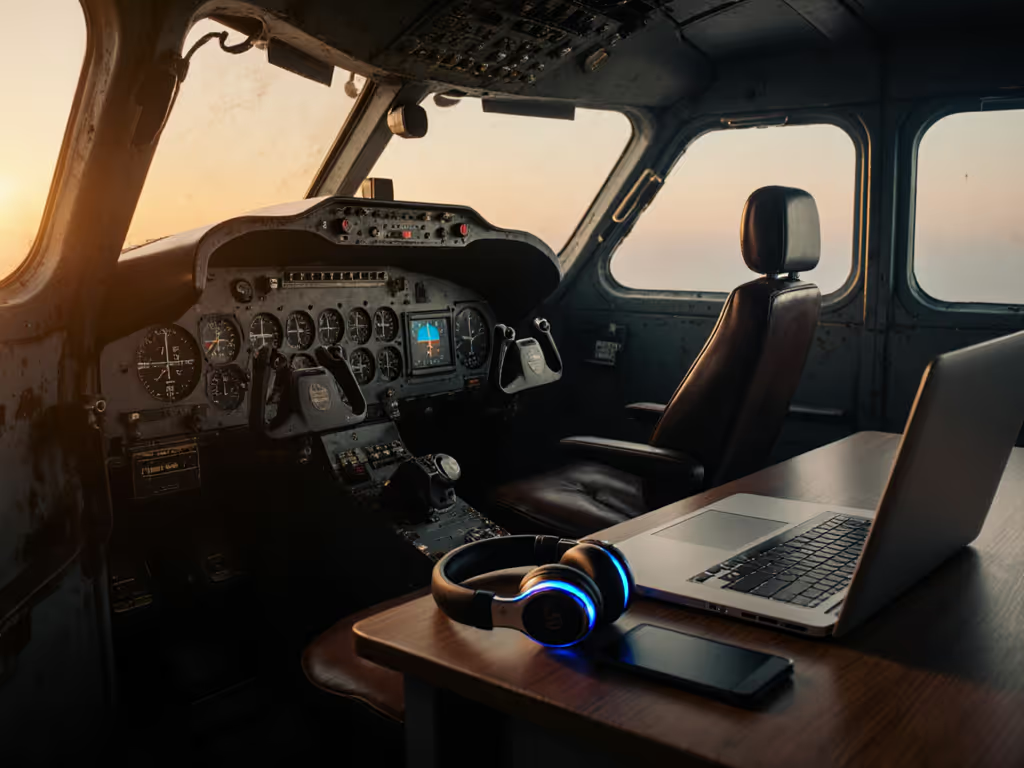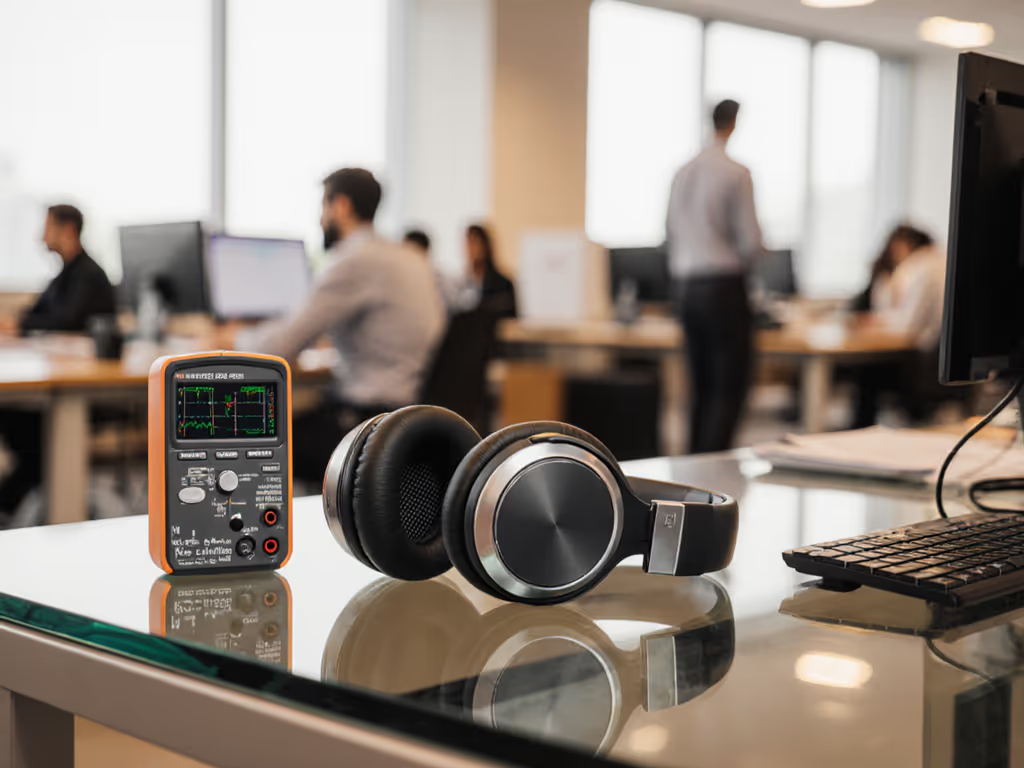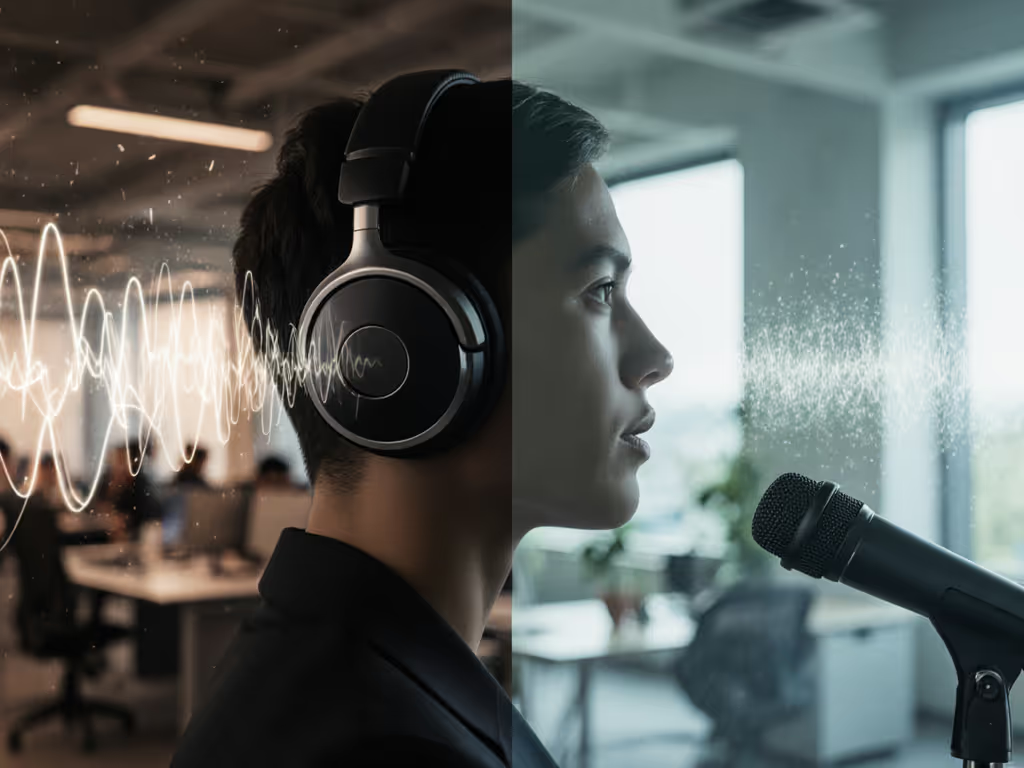When we discuss ANC history, it's easy to assume noise cancelling evolution began with today's sleek earbuds. But this quest for quiet spans nearly a century, and it's rooted in pilots straining to hear radio transmissions over helicopter engines, not commuters dodging subway screeches. For those of us navigating open offices, planes, or chaotic commutes, understanding how ANC developed reveals why some quiet feels sustainable while other solutions drain us. Comfort and safety weren't afterthoughts, they were the original drivers of this technology. If you've ever felt ear pressure or fatigue after hours in noise-cancelling gear, you're experiencing the very gaps pioneers tried to bridge. Comfort you forget, protection you feel, quiet you measure.
FAQ Deep Dive: ANC's Unseen Journey
How did noise cancelling start? What's the origin of noise cancelling?
The blueprint for ANC wasn't born in a Silicon Valley lab, it arrived in a 1933 German patent by Dr. Paul Lueg, a philosopher-physician. His theory? Cancel sound waves by generating opposing waves through speakers. Simple in concept, impossible in practice with 1930s tech. No microphones could detect noise fast enough; no amplifiers could invert signals cleanly. Yet Lueg's core idea (destructive interference) remained viable. For decades, it gathered dust until aviation's demands revived it. Pilots in noisy cockpits needed to hear air traffic control, not just engine roar. That urgency reshaped the ANC technology timeline.
Why did aviation pioneer ANC technology?
By the 1950s, engineers like Dr. Lawrence Jerome Fogel weaponized Lueg's theory for helicopters. Fogel's systems used microphones near the pilot's ears to capture noise, then inverted those signals before they reached the ear. Simultaneously, Willard Meeker's Air Force team built active earmuffs targeting 50-500 Hz frequencies (think engine rumble), achieving 20 dB of attenuation. Crucially, they prioritized usability: pilots needed gear light enough for 10-hour shifts without jaw fatigue. This era taught us that how ANC developed wasn't just about better mics, it was about long-wear tolerance. Clamp force had to stay below 5 Newtons, or pilots would rub their temples raw. Sound familiar? That's the same tension between cancellation depth and comfort you feel today.
Comfort and hearing safety aren't luxuries, they are prerequisites for sustainable focus. When ANC feels like a physical burden, it defeats its own purpose.
When did ANC hit the consumer market?
Bose's 1978 flight epiphany was pivotal. Dr. Amar Bose, frustrated by plane noise drowning out his music, assembled a team to adapt aviation tech for civilians. But early prototypes failed where pilots succeeded: commuters faced variable noise (babies crying, train brakes), not steady engine tones. The breakthrough came with real-world testing. During Dick Rutan and Jeana Yeager's record-breaking 9-day flight in 1986, Bose prototypes endured extreme conditions, proving ANC could work beyond controlled labs. Yet commercialization took decades. Bose's QuietComfort line (2000) was the first true success, but only because it balanced cancellation with weight distribution. Early users reported headaches from aggressive low-end filtering; Bose dialed it back to prioritize comfort. That trade-off, reducing cancellation depth to avoid sensory strain, still defines ethical ANC design.
Why doesn't ANC cancel all noise equally today?
If you've noticed ANC silences plane hum but not voice chatter, you're seeing physics in action. Lueg's 1933 patent targeted predictable, low-frequency sounds (sinusoidal tones in ducts). Human voices or screeching rails live in erratic, high-frequency bands, harder to invert in real time. Modern multi-mic systems (like those in 2019's AirPods Pro) tackle this with AI, but wind remains a nemesis. Air turbulence disrupts mic input, causing "wind roar" that forces ANC to disengage. This isn't a flaw, it is why lab specs rarely match subway platforms. For a deeper breakdown by environment and frequency band, see our ANC frequency breakdown. True noise cancelling evolution means accepting ANC's limits: it's a tool for specific environments, not magic silence.
How does comfort tie into ANC's future?
After a ten-hour office day under HVAC roar, I learned this firsthand: crushing clamp force and overboosted highs leave ears ringing. Switching to lighter gear with stable seals didn't just ease fatigue, it let me work longer. That's why the future of noise cancelling hinges on biometric feedback. Emerging prototypes measure skin conductance or ear canal pressure to auto-adjust seal tightness. Others use bone conduction mics to isolate your voice from background noise on calls. But the biggest shift? Designers finally tracking exposure time. If your ANC requires 85 dB to feel "quiet" in a cafe, it's unsafe for 4+ hours. Next-gen standards will link attenuation targets to OSHA's safe SPL windows, because listening longer shouldn't mean straining your ears or your focus.
Beyond the Hype: Quiet That Lasts
ANC's story isn't about louder concerts or trendier earbuds. It's about soldiers hearing commands, pilots surviving 9-day flights, and today's remote workers reclaiming concentration amid chaos. Every leap (from Lueg's duct experiments to AI-driven earbuds) answered one question: How do we make quiet sustainable? The answer isn't maximum cancellation. It's gear that respects your biology: lighter clamp force, stable seals, and attenuation matched to safe listening limits. When evaluating ANC today, ask what pioneers asked in 1953: "Can I wear this for 10 hours without fatigue?" If not, it's not quiet, it is noise disguised as relief.




